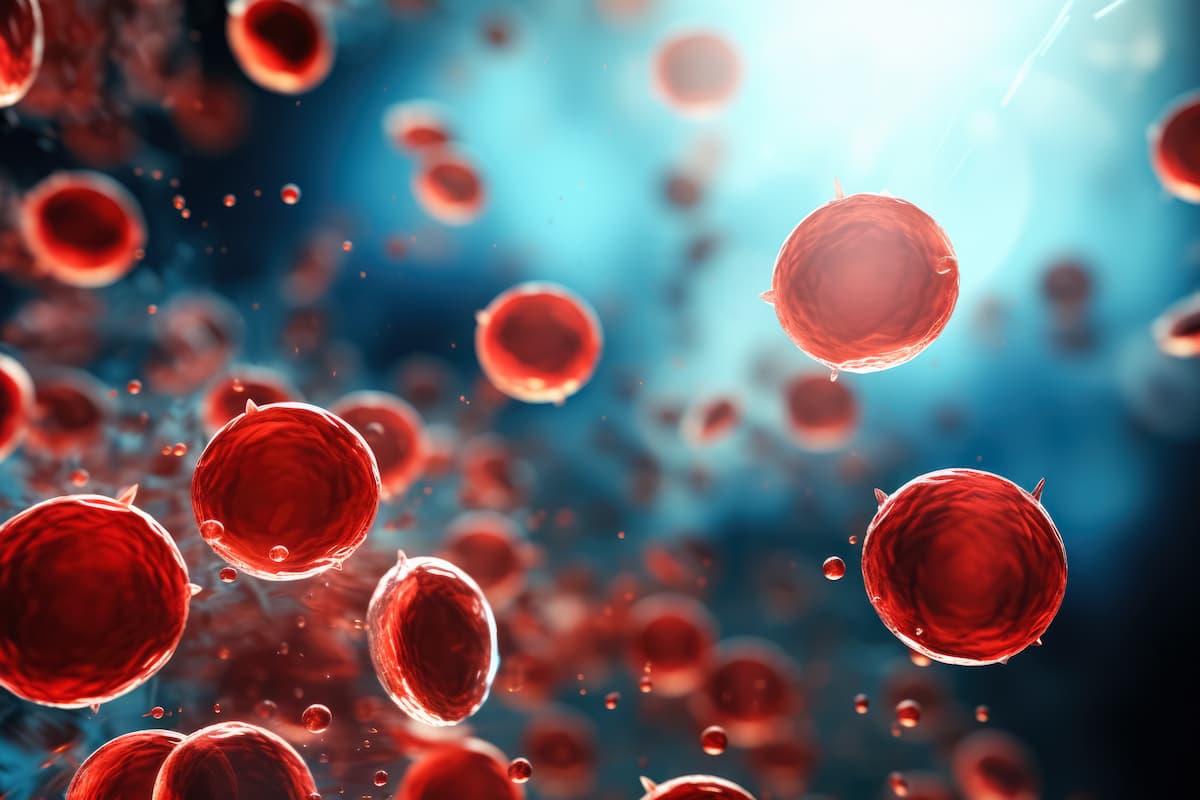May 24, 2025
Sivahari Prasad Gorantla, Michael Rassner, Kirstyn Anne Crossley,…Robert Zeiser & Justus Duyster
Abstract
Ruxolitinib is a potent JAK1/JAK2 inhibitor, approved for the treatment of primary myelofibrosis (PMF) patients based on the concept of inhibition of oncogenic signaling. However, the effect of ruxolitinib on JAK2-V617F allelic burden is modest, suggesting that inhibition of JAK2-V617F signaling-driven clone expansion is not the main mechanism of action. We evaluate whether ruxolitinib mainly blocks the proliferation of the malignant clone or exerts its effects also by targeting non-malignant cells. Therefore, we develop two JAK2-V617F-driven myeloproliferative neoplasm (MPN) mouse models harboring ruxolitinib resistance mutations. Mice carrying ruxolitinib-resistant JAK2-V617F-driven MPN respond to ruxolitinib treatment similar to mice with ruxolitinib-sensitive JAK2-V617F MPN with respect to reduction of spleen size, leukocyte count and pro-inflammatory cytokines in the serum. Ruxolitinib reduces pro-inflammatory cytokines in both stromal cells and non-malignant hematopoietic cells. Using a rigorous ruxolitinib resistance mutation approach, we can prove that ruxolitinib acts independent of oncogenic JAK2-V617F signaling and reduces the main features of MPN disease such as spleen size and leukocyte counts. Our findings characterize the mechanism of action for ruxolitinib in MPN.



